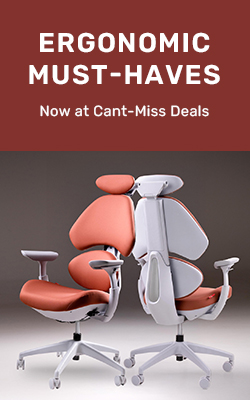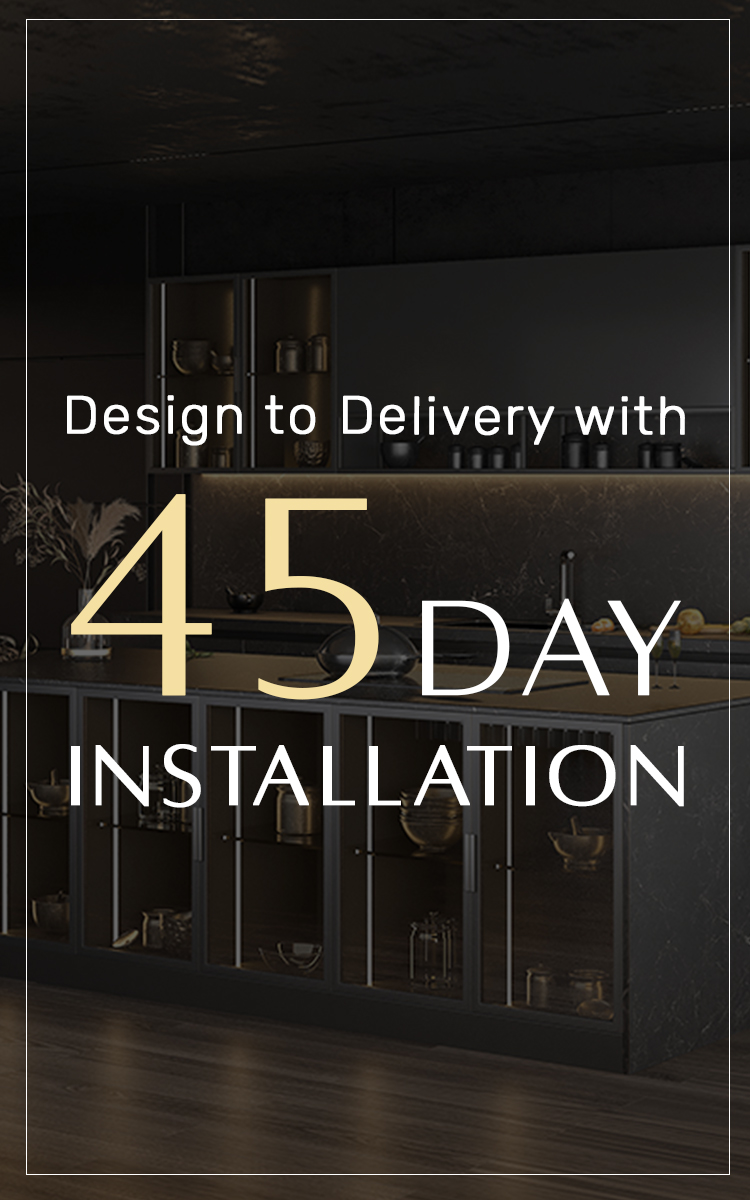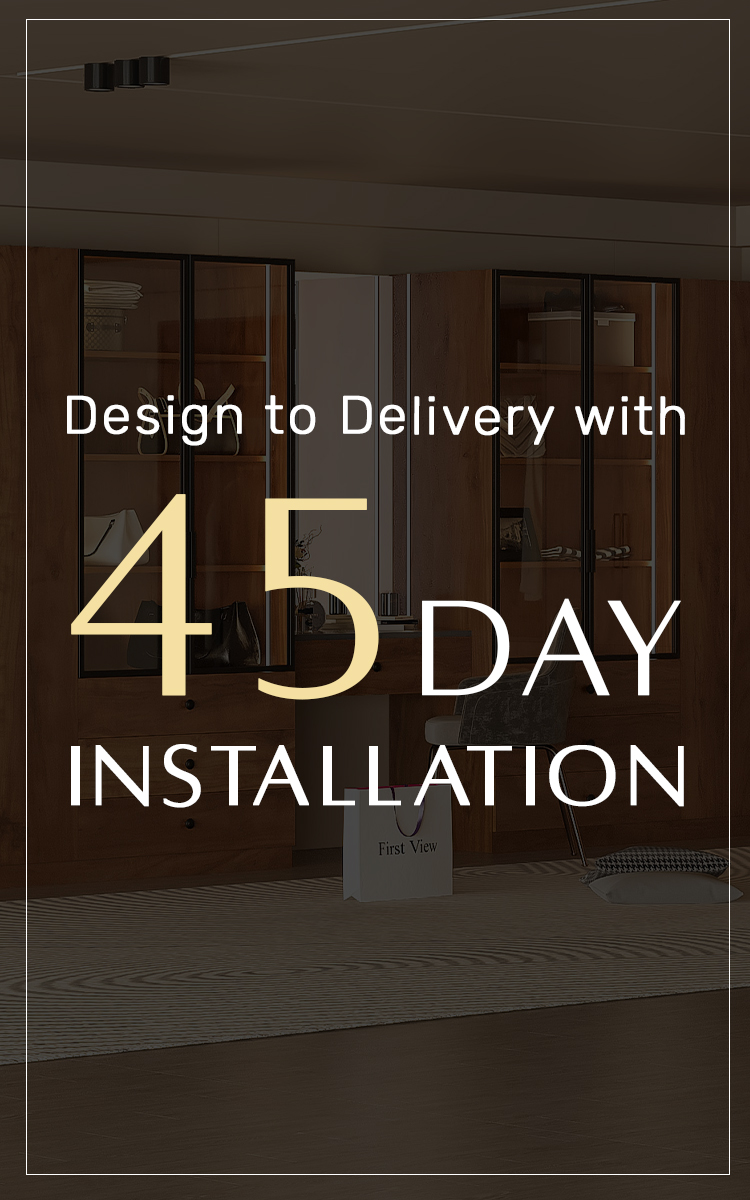An overflowing wardrobe is a challenge most of us face today. Forgotten fashion and sentimental pieces of clothing reduce the elegance of your dressing space. When unused garments take up valuable room, the functionality of your interior is compromised.
With ever-evolving styles, investing in a considered selection of clothing proves to be rewarding. A modern approach is to select clothing items that are versatile, timeless, and a reflection of your personality. A cluttered and disorganized wardrobe deserves a thoughtful cleanse to allow your dressing area to breathe and reflect clarity.
In this blog, we will go through the 6 key items that you should thoughtfully remove from your wardrobe for a clutter-free wardrobe.
Why Regular Wardrobe Decluttering Matters
Decluttering your wardrobe is important to enhance your daily life in a subtle way. Decluttering your wardrobe helps reduce decision fatigue. When you have fewer and considered options to choose from, mornings become efficient. An overflowing wardrobe creates a sense of chaos that clashes with the serene space of your home. Clearing your wardrobe extends the calm atmosphere to your dressing space. It also helps maintain a collection that truly reflects who you are and what fits your taste.
Reduce Decision Fatigue & Improve Daily Dressing
An overstuffed wardrobe presents too many choices that can make it difficult to choose what to wear. A planned wardrobe can simplify the process of selecting an outfit that exudes your style, which leads to more time enjoying your day with confidence.
Emotional Benefits of a Simplified Closet
A cluttered wardrobe disturbs the harmony of your home and adds tension every time you reach for something to wear. When your wardrobe is a disorganized pile of clothes, the lack of visual clarity can create a lingering feeling of unease. An efficient dressing space offers a more uplifting experience.
6 Items You Should Remove from Your Wardrobe

Now that you are ready to refine your wardrobe, here is the list of clothing pieces that need a graceful exit in order to create an organized and elegant dressing space:
1. Clothes you haven’t worn in 6–12 months
Clothing items that remain untouched for months need a careful review to decide if they still belong in your collection. Your wardrobe should only showcase those pieces that you reach for consistently.
How to Use the “Reverse Hanger Trick”

Clothes that remain unworn often signal a shift in personal style. A practical way to track what pieces no longer make their way into your daily rotation is the “Reverse Hanger Method.” At the start of the year, turn all your hangers to face the opposite direction. Each time you wear a clothing piece, return it to the wardrobe with the hanger facing the usual way. After several months, hangers that are still in the reversed way are the pieces that you haven’t worn at all. This method offers an objective view of what truly is useful and what is occupying space. Letting go of unworn clothes allows your wardrobe to remain curated.
Turn hangers backwards at the start of a season. After wearing an item, place it back the correct way. At season’s end, anything still facing backwards is ready to release.
Seasonal Storage
Consider going through your section of seasonal wear and clothing pieces you kept because they hold memories. Seasonal clothes need proper care and dedicated storage when they are not used daily.
2. Ill-fitting, stained, or damaged clothes

You may be holding on to clothing pieces that no longer fit, have a faint yet noticeable stain, or are clothes that have simply lost their appeal. Often out of habit or sentiment, these pieces quietly occupy valuable wardrobe space. Taking a look at such pieces allows you to free your wardrobe for clothing that truly reflects you.
Repair or Let Go?
All clothing pieces carry a memory or represent a significant investment. However, pieces that go unused contribute to clutter and interrupt the order of your wardrobe. Conduct an honest assessment of each item. Can a piece of clothing be altered or professionally cleaned? When restoration is not a practical option, let go of it. Donate it to reputable organizations or resell it through curated platforms. This ensures your garments continue to be appreciated elsewhere while your wardrobe remains organized.
3. Duplicates & “safe” items you never wear
Your wardrobe may accumulate similar clothing and pieces that you keep on the assumption that you might need them later. While these garments may seem useful, they often sit untouched, crowding your wardrobe.
How to Identify Real Staples vs. Invisible Extras
To identify genuine staples, start by making note of what pieces you reach for the most. Your staple piece should be versatile, pairing effortlessly with multiple other pieces. Check the quality and purpose of your clothes. One piece that is perfectly tailored outshines three that are adequate. Editing down your wardrobe helps preserve clarity and an elegant selection of clothes.
4. Accessories & shoes you no longer love
Apart from clothing pieces, shoes and accessories can also weigh down your wardrobe. Removing items that have lost their charm or don’t suit your current style can help save space and keep your possessions organised.
Sorting Jewelry, Bags & Accessories Thoughtfully
Accessories have the power to elevate your outfit, yet they are the most prone to accumulation. Review each piece of jewellery, bags, belts and footwear. Check if your jewellery still retains its natural lustre, confirm that the stitching on your bags is still secure and examine your shoes for signs of wear and tear. Select only those pieces that you reach for often and those that offer versatility. This helps preserve a collection that feels intentional and refined and complements your overall wardrobe.
6. Sentimental items kept out of guilt
You may feel tempted to hold on to cherished clothing pieces with sentimental value even when you no longer wear them. Letting go of these pieces may feel as though you are discarding the memories they represent. In this case donating well-kept garments ensures they are still appreciated.
Practical Tips & Decluttering Rules to Follow
Sort Everything Out on the Bed or Floor

Start by taking your clothes off the hanger and grouping them according to types, such as t-shirts, trousers, or dresses. Lay them out neatly on the floor or bed and create clear sections for review. As you work through each category, decide whether to keep, tailor, or donate each piece. This method helps clarify what belongs in your collection. It also allows you to dust the interior of your wardrobe, ensuring a well-ordered space before returning your carefully chosen garments.
Use the “Ifs & Buts” Rule to Decide Quickly
An effective way to declutter your wardrobe is to pay attention to what justification you use when deciding what to keep. If you use words like “I’d wear this if…” or “I don’t wear this, but…” then it’s a clear indication that you should let go of that piece. The subtle excuses you make to keep a clothing piece end up creating clutter. Focus on keeping garments that fit comfortably and suit your style.
Try the 15‑Minute Closet Reset Method
A quick 15-minute wardrobe reset helps keep your wardrobe organised and harmonious. Set a timer to create complete focus and avoid overwhelm. Remove any clothing or accessories that don’t serve you anymore and sort them into a donation or discard bag. Group the chosen pieces based on colour so that your wardrobe looks balanced. Following this method consistently helps keep your wardrobe clutter-free and harmonious.
FAQs on Wardrobe Decluttering
How often should I declutter my wardrobe?
It is ideal to declutter your wardrobe at least twice a year, at the change of seasons. This ensures that clothing remains organised, accessible and relevant to your lifestyle.
Should I keep clothes I might fit into soon?
It is best to focus on garments that fit and suit your current style rather than holding onto clothing items in the hope of future use. Keeping too many “maybe” pieces can overcrowd your wardrobe and reduce practicality. Maintaining a wardrobe with clothing that you actively wear ensures both space organisation and ease of access.
What should I do with clothes that are still in good condition?
Clothes that are still wearable but no longer needed can be donated, gifted or responsibly recycled. This extends the life of the garment while benefitting other people.
How do I avoid regret after decluttering my wardrobe?
Set clear criteria to guide your decisions before you start decluttering. Consider factors like frequency of use, fit and condition to distinguish what truly belongs in your wardrobe. For pieces that hold sentimental value but no longer serve a functional purpose, take photographs to preserve the memory without occupying space. Adopting a measured approach ensures the decluttering process is purposeful and regret-free.
Talk to us to get a customized wardrobe designed just for you




















